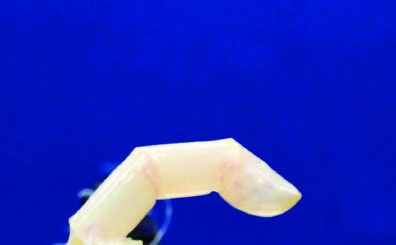Much of the world’s honey now contains bee-harming pesticides
The first global honey survey testing for these controversial nicotine-derived pesticides shows just how widely honeybees are exposed to the chemicals, which have been shown to affect the health of bees and other insects. Three out of four honey samples tested contained measurable levels of at least one of five common neonicotinoids, researchers report in the Oct. 6 Science.
“On the global scale, the contamination is really striking,” says study coauthor Edward Mitchell, a soil biologist at the University of Neuchâtel in Switzerland. The pesticides are used on many kinds of crops grown in different climates, but traces of the chemicals showed up even in honey from remote islands with very little agriculture.
“I used to think of neonicotinoids as being a [localized] problem next to a small set of crops,” says Amro Zayed, who studies bees at York University in Toronto and wasn’t involved in the research. These pesticides “are much more prevalent than I previously thought.”
Mitchell and his team crowdsourced 198 honey samples from around the world, asking friends and colleagues to send local honey from their home countries or vacation destinations.
The presence of pesticides varied regionally — 86 percent of the North American samples contained at least one of the five commonly used neonicotinoids that the study measured, while only 57 percent of South American ones did. Almost half of all samples globally contained more than one type of the pesticides, evidence that bees were often foraging in multiple sites affected by pesticides. In all the samples, the pesticide levels were below what’s been established as safe for human exposure. n
















Recent Comments